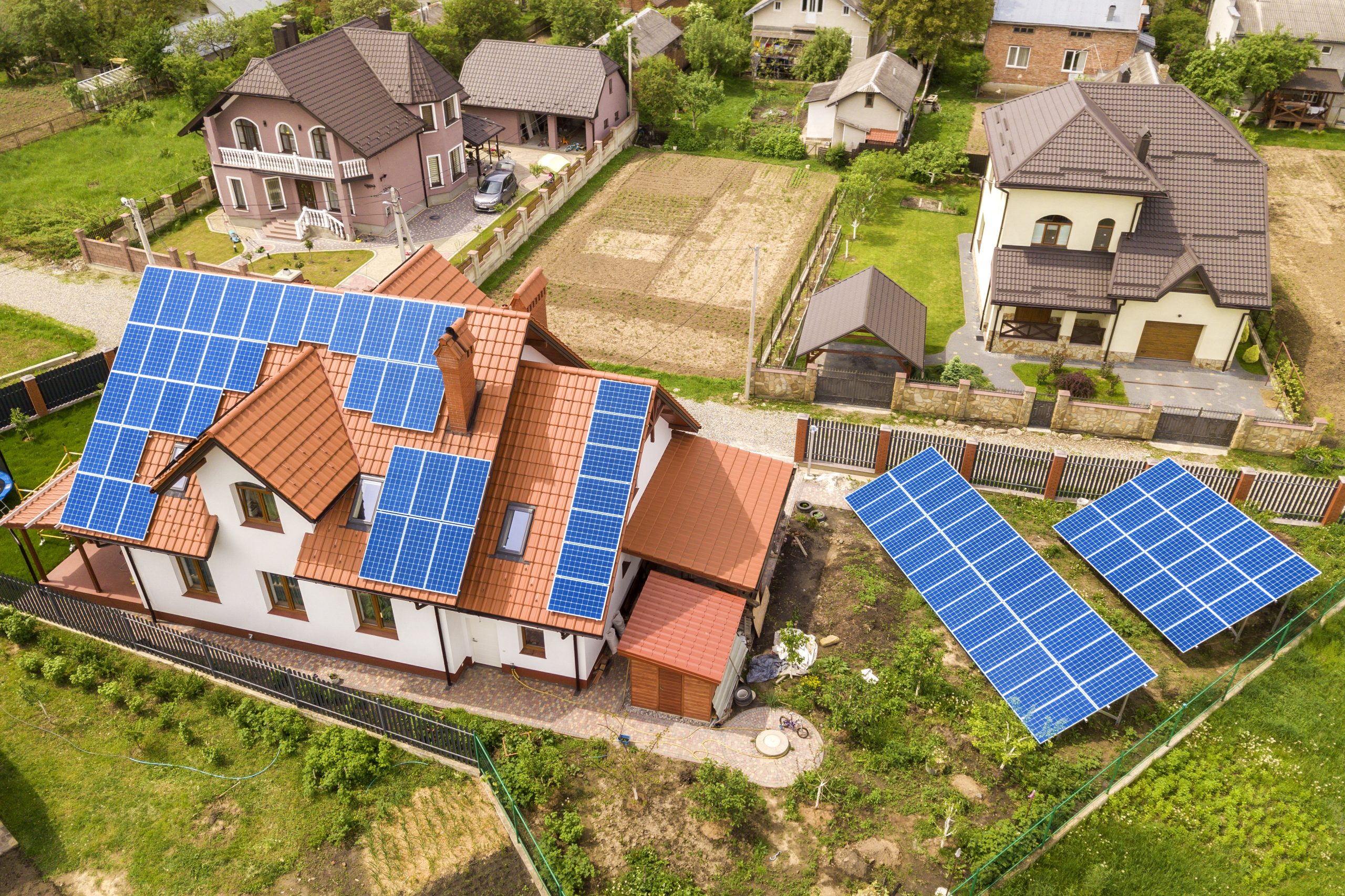If you’re planning to convert your house to a home solar power system, you first need to consider your location. The area of your house can significantly impact the amount of energy your system will generate.
There are many places where sunlight is scarce throughout the world, and you need to place the solar panels in the best location. Solar panels capture sunlight during peak sun hours, which yield the most energy from the sun. However, these hours don’t account for all the light the sun provides. In this article, you will learn the best location for solar panels.
1. Roof Installation
It may be a good idea to have residential solar panel installations on flat roofs to reduce cooling costs in the summer. Moreover, the panels can shield the roof from harmful UV rays.
It’s also possible to install solar panels on a pitched roof. However, there are a few things you need to check out, including:
- Does the roof face south?
- Can you use east- or west-facing roofs?
- Will the roof be shaded by trees or adjacent structures?
- Will the roof support the installation?
Solar panels for residential use are shaped differently depending on how much space is on a roof facing east, west, or south. Some homes have large amounts of space but mostly face north or have items like cabinets that take up space or shade the area. Other roofs have room scattered across several angles, presenting a problem connecting solar panels.
2. Ground Installation
Ground-mounted systems can be much bigger than rooftop systems, so you can generate more energy while saving money on your utility bills. In addition, if your yard or home has a lot of space, you can install a much bigger ground-mounted system than you could with a rooftop system.
Ground-mounted solar panels can be positioned towards the sun in the right direction without shade and facing south or west. Instead of free-standing solar panels, ground-mounted systems should have an orientation with maximum solar energy generation without any shade.
3. Wall Mounted Solar Panels
In some cases, homeowners install solar panels on the south-facing walls of their homes. While this may be unusual, it’s only allowed by the zoning laws in certain places. It effectively allows more sunlight to reach your panels.
Installation of vertical solar panels on the south-facing walls is still a viable option for solar installers. They’ve adapted existing mounting and shelving technology or created their own to install solar panels on the roofs of south-facing buildings.
For wall-mounted systems, it’ll be essential to place the modules to absorb the most energy. You can set them up parallel to the wall, tilted toward it, or positioned as an awning that overhangs the fence. This wall-mounted panel will create a natural slope higher than a roof or ground-mounted system.
Find Out If There Are Any Significant Obstacles For Sunlight
Regardless of the amount of sun, the place where the solar panels are to be installed is important. You should consider the obstacles that might block the sunlight from your solar panels. When deciding to install solar panels, remember to consider:
- Trees: One can install a solar panel underneath the shadow of a single tree. However, more trees can serve as a considerable barrier to sunlight, such as when the trees are in a forest.
- Cityscape: If you’re in the middle of a city with skyscrapers, the giant shadows cast on your property will drastically reduce solar system production. If you’re located on a plain or surrounded by short buildings such as houses, a solar panel system will be much better.
- Mountains: The most sunlight falls on the northern hemisphere from the southwestern part of the sky. If a mountain range adjoining your position, plenty of sunlight might be obscured, reducing productivity.
- Tilt: A solar panel’s optimal tilt should also be considered when choosing where to place it. If the solar panels tilt at an angle too high or too low, this will compromise their ability to gather solar energy. If the solar panels are installed at the perfect angle, more energy will be generated, increasing solar panel efficiency.
Conclusion:
The best place for solar panels is where all of these things are usually not an issue. But you probably wouldn’t want them too close to where the panels will be used. The reason is that direct sunlight from the sun needs to shine perpendicularly onto the panels. Things that can reduce this are nighttime, clouds, the atmosphere, and non-perpendicular sun angles.
When choosing your solar panels, a professional contractor can help you weigh the advantages of solar panels as well as their disadvantages and provide recommendations for the most cost-effective installation method.


